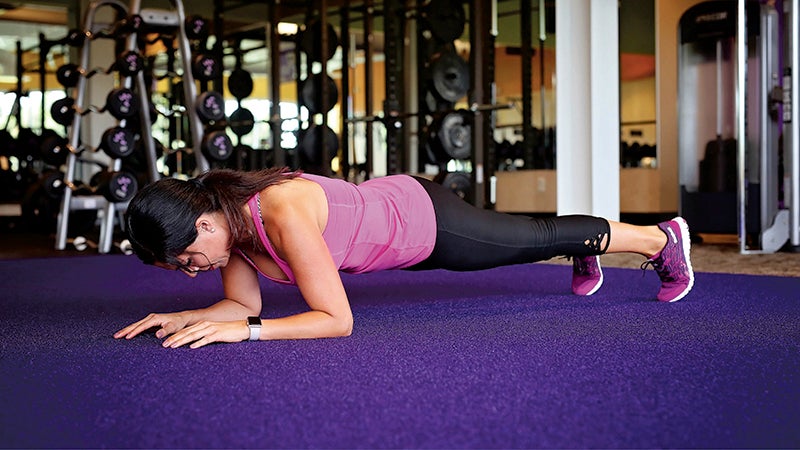Find progress in 5 ways other than on the scale
Published 9:00 am Tuesday, June 27, 2017

Shawn Bromeland and her husband, Bill, have been the owners/operators of Anytime Fitness in Albert Lea in Northbridge Mall for nearly five years.

Shawn Bromeland
For years, people have been using the scale as their main way to measure progress. We’ve hurled tears and profanities at this thing when our weight doesn’t move like we’d like. But the truth is, you are more than just a number, and there are many other ways to measure your physical progress that are actually better indicators of your overall health and wellness.
Before we dive into those, the first thing we need to touch base on is the subject of self-efficacy or self-worth. It represents your belief in your ability to do something. When your self-efficacy is high, you make bigger goals because you know you can crush them. When it’s low, it’s best to make small goals you know you can accomplish, and build from there. The more goals you can accomplish, the better you feel, and the higher you should aim the next time. Studies have shown it is better in the long run to start small and build self-efficacy than to start with a big goal that is hard to accomplish, because if you start big and fail, you may not get back on the horse any time soon — or at all. The point is: Easy goals beget bigger goals! When you cross one off, move on to the next and you’ll start noticing progress in spades. Here are some good things to try.
Chip away at a bad habit
Find a habit that is hard to kick and then chip away at it. If you drink five Cokes a day, bump it down to four. It doesn’t matter if you’re still drinking Coke a month from now; what matters is that you’re drinking less, and your willpower is getting stronger!
Track performance
In the gym, measure your performance in a training session or average workout. Are you less fatigued than you used to be? Have you increased your weight in resistance training or completed a cardio task quicker? Think about some specific exercises you can track to gauge your progress as well. For example, see how long you can hold a plank or a wall squat. Or try to do as many push-ups as you can in one minute. Then try again each month and write down what you complete.
When you’re at home or work, there are other indicators of your improved fitness level. Is it easier to walk up the stairs? How about walking your dog or playing with the children? Are you generally more active around the house? Are common tasks like lifting laundry bins or pushing the lawnmower easier? Your average day should actually illuminate lots of ways you can progress.
Keep an eye on your clothes
Fun fact: If you’re weight lifting regularly, you may lose fat and gain muscle, but your weight stays the same. But your clothes will fit differently! How are those pants fitting? Do your clothes look oversized in photos? Break something out of the closet that you haven’t tried on in a while. You may be surprised.
Schedule a regular doctor visit
There are many reasons to have regular contact with a primary care physician, but a simple benefit is seeing those key numbers change. How is your blood pressure? Are you taking the same level of medications? At risk for diabetes? Regular exercise and a good diet helps improve a lot of health-related things they’ll be tracking. You can also request blood work if you want to get even more detailed.
Watch other measurements
Depending on your goals, weight may still be a good number to track, and that’s fine. But there are additional beneficial measurements like waist, bust or belly circumference. You could also track your sleep (quality and length), which is important for your overall health.
Ultimately, if we don’t measure where we started, and where we’re going, we can’t fully celebrate how far we’re come! So get out there and try these, and let us know how it goes.





